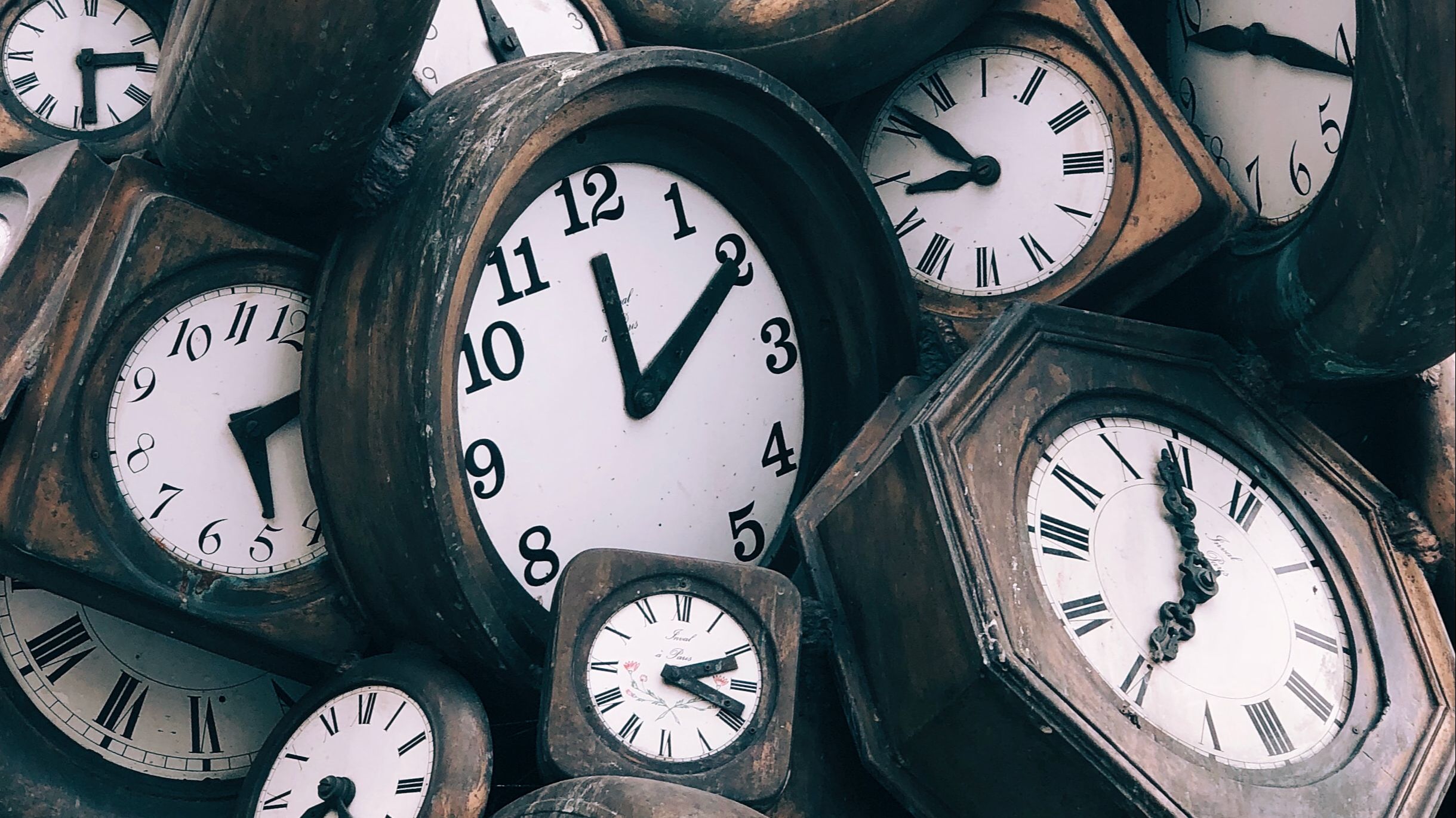The Body Clock: How We Experience the Passing of Time
Sep 12, 2023
"Lived time arises from our dynamic bodily self in the theatre of the present moment."
Why does time seem to speed by when we're having fun, yet slow to a crawl when we're bored or anxious? Why do the years go by faster as we age? Our subjective experience of time's passage is far more complex than any clock can convey. At the deepest level, we feel time through the interaction of body and brain.
Recent meta-analyses of neuroimaging data reveal that two key structures underlie the perception of time: the insular cortex and the supplementary motor area (SMA). Of these regions, the insula is particularly critical and acts as the main hub integrating interoceptive signals about the state of the body with other streams of sensory, cognitive, and emotional information.
This integrated data provides the raw materials for constructing our metacognitive sense of duration. In this dance between body and brain unfolds our flexible, relative experience of time in the moment.
The Brain's Role in Processing Time
To understand how we experience time, researchers have sought to pinpoint the brain areas most central for time perception and processing. Through studies of patients with brain lesions and functional MRI scans of activity during timing tasks, science has highlighted two consistent neural correlates.
One critical node is the insular cortex, or insula, a region deep within the brain that integrates visceral inputs from the body along with other sensory, memory, and emotional signals. PET scans show the insula remains active as we judge elapsed time in the seconds-to-minutes range.
Another key temporal processing center is the supplementary motor area (SMA), involved in planning and controlling volitional movement. The SMA monitors our unfolding sequence of motions and sensory input. It works closely with the insula to encode the raw "beats" of passing moments that underlie our capacity to judge duration.
The Body as Primal Timekeeper
But tracking these beats alone does not constitute the experience of time. Our perception of temporal flow relies profoundly on internal bodily sensations outside conscious control or awareness. These include our dynamic heartbeat, breathing rate, hunger signals, muscle tension, and hormonal cycles.
Together these form a kind of "body clock" that marks the passage of time and fuels temporal judgments. Think of how time seems to crawl when we're anxious, with our heart racing and muscles tense. Or how it speeds by when we're absorbed in pleasurable activities, as feel-good neurotransmitters enhance focus.
Emotions and arousal states bend our perception of time by altering interoceptive signals. Even body temperature and glucose levels modulate our temporal awareness. In essence, the body provides the embodied rhythms from which we abstract a sense of lived time.

Photo credit: Miguel Salgado @Unsplash
The Dance Between Body and Brain
Clearly time perception relies on interplay between bottom-up body signals and top-down cognitive processing. The insula acts as the key mediator, taking in "gut feelings" via its connections to the vagus nerve, which carries messages from the viscera.
This interoceptive data mingles with other sensory input, memories, and emotions within the insula. The integrated information gets synthesized with temporal calculations done by regions like the SMA. This combined output shapes our subjective feeling of time at any moment.
Focusing mindful attention on bodily sensations seems to expand experience of time by enhancing perception of this internal data stream. Disorders like depression that numb body awareness may alter individuals' time sense. Integrating signals from body and brain constructs a richer feeling of lived temporality.
Findings on the Insula's Role
The pivotal role of the insular cortex in time perception has gained increasing experimental support in recent years. For example, one study by Naghibi et al. analyzed the results of over 100 fMRI experiments. Across many different timing tasks, they found activation in the insula and SMA was reliably linked to processing time intervals in the range of seconds to minutes.
Other research directly tested the hypothesis proposed by neuroscientist Bud Craig in 2009 that the insula generates our metacognitive sense of time duration by integrating changing body state signals. For instance, an fMRI study by Wittmann et al. in 2010 found insula activity increased the longer participants estimated durations, supporting its accumulation of interoceptive information over time.
Studies by Teghil and colleagues provide further evidence by correlating insula function and bodily signal perception with accuracy on timing tasks. Individuals with more interoceptive sensibility showed enhanced insula connectivity and were better at reproducing durations without external cues.
The Flexibility of Perceived Time
Given its reliance on changeable bodily factors like arousal and emotions, our sense of time passing exhibits huge flexibility. Our relative temporal experience bends and shifts dramatically based on our state.
Studies show major deviations in duration estimates depending on age, culture, heart rate, neural chemistry, music tempo, lighting, glucose levels, and emotional engagement. The malleability means we each inhabit streams of different inner rhythms and pulses generated by our unique biology.
While clocks strive to objectively measure uniform time, subjectively we experience flowing relativity, not constancy. Understanding the source of our temporal perceptions in body-brain interactions allows us to better accept these nonlinearities.
Conclusion: Embracing the Relativity of Time
By elucidating the role of interoceptive signals in shaping time consciousness, recent neuroscience reveals a more holistic perspective. Rather than seeing time as an abstract absolute, we recognize it as grounded in the somatic reality of our embodied existence.
Tuning into our own inner "body clock" can provide a felt sense of time's passage beyond clocks. Above all, this research highlights the value of fully inhabiting the present as we ride the ever-changing waves of neurological sensations that form the elusive substance called time.
Photo credit: Jon Tyson @Unsplash
Sign up for our Newsletter
Keep up with our latest offerings and events. Stay connected with community.
No spam. Ever.



